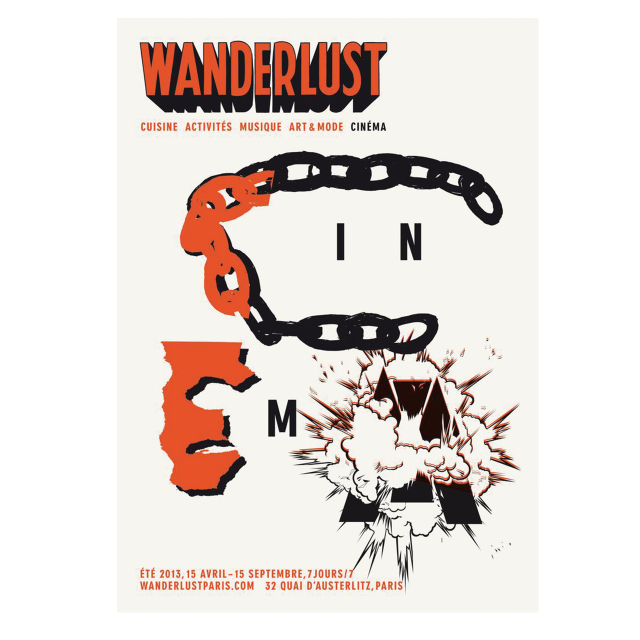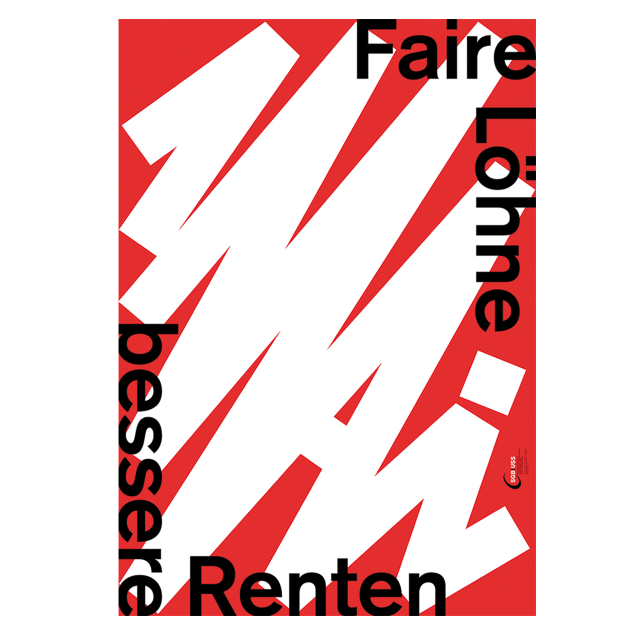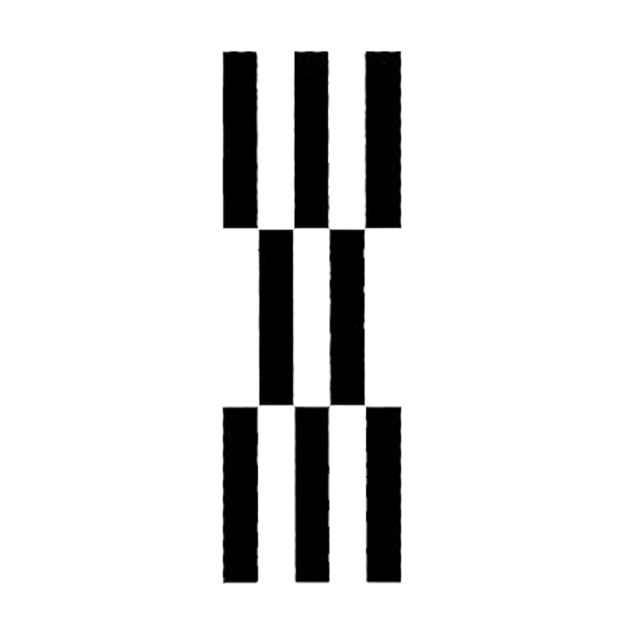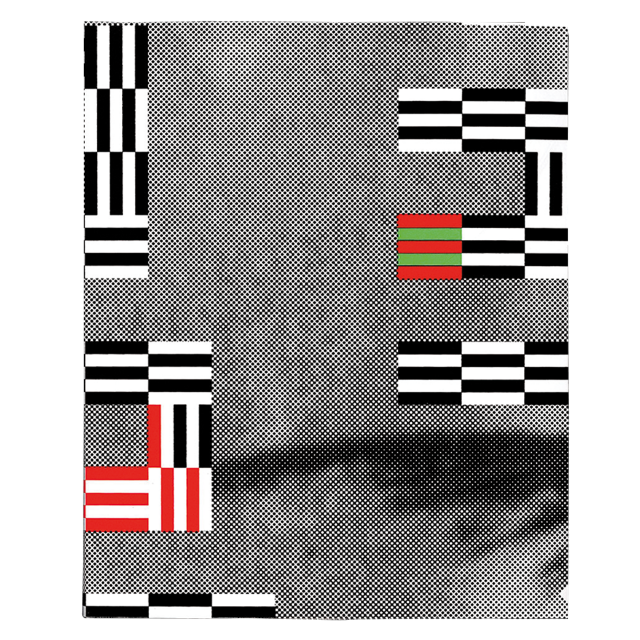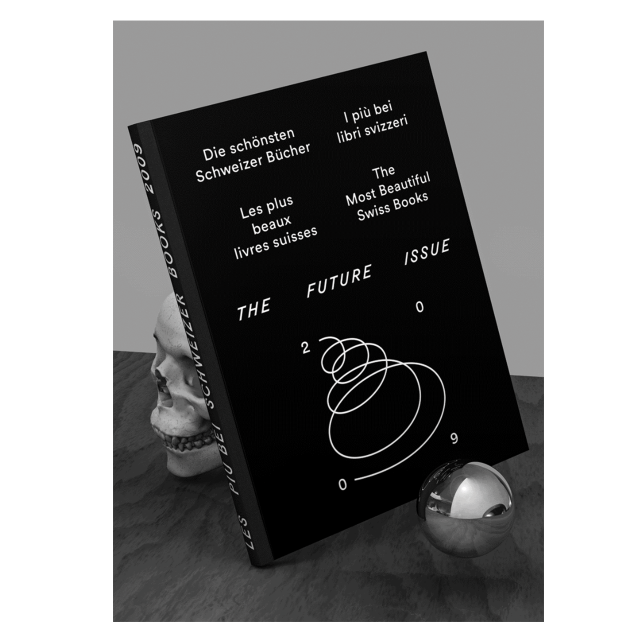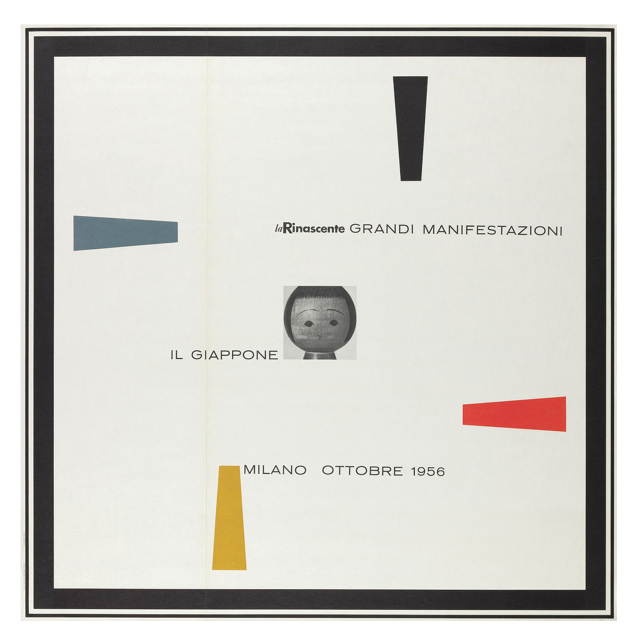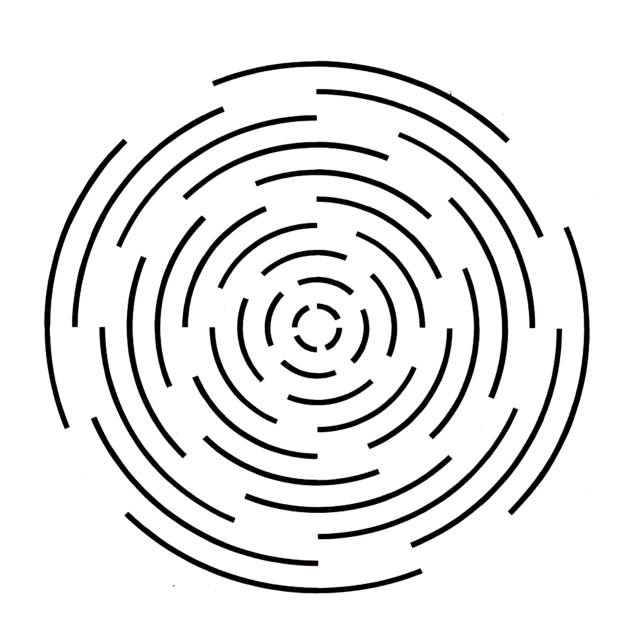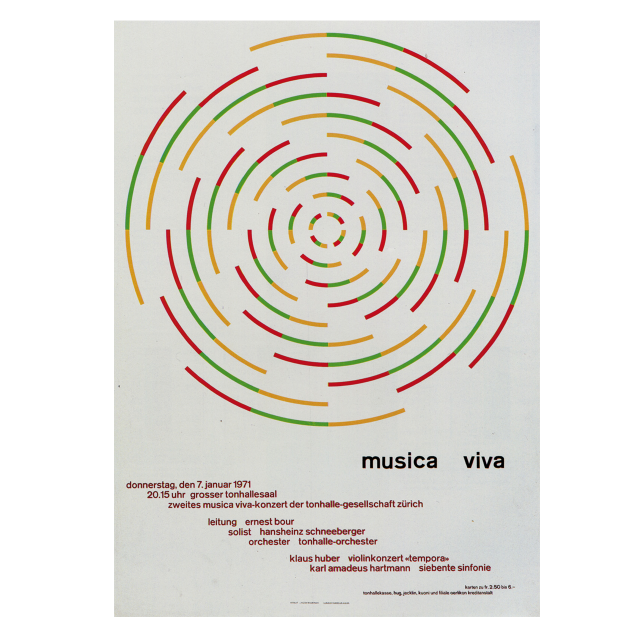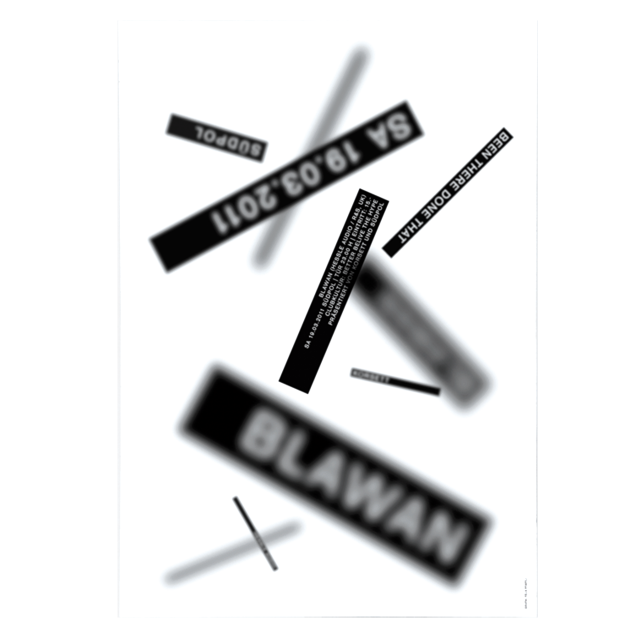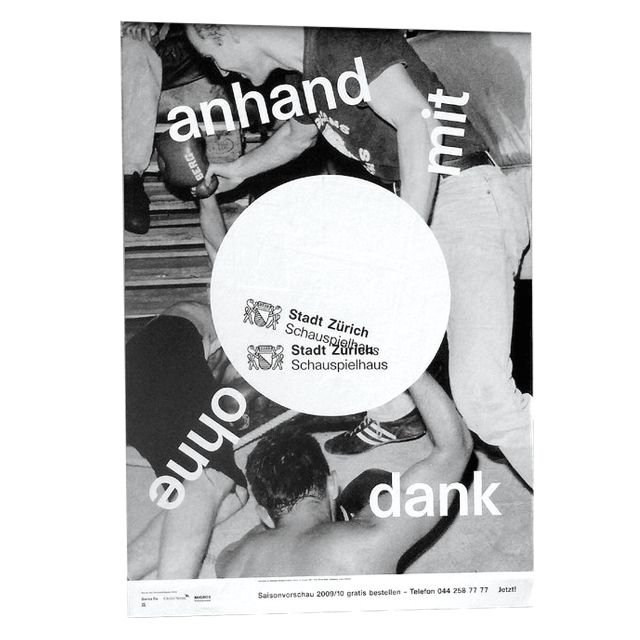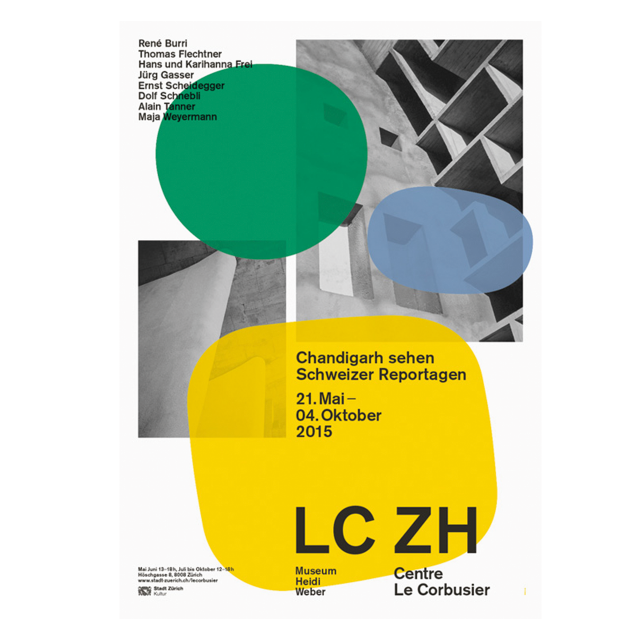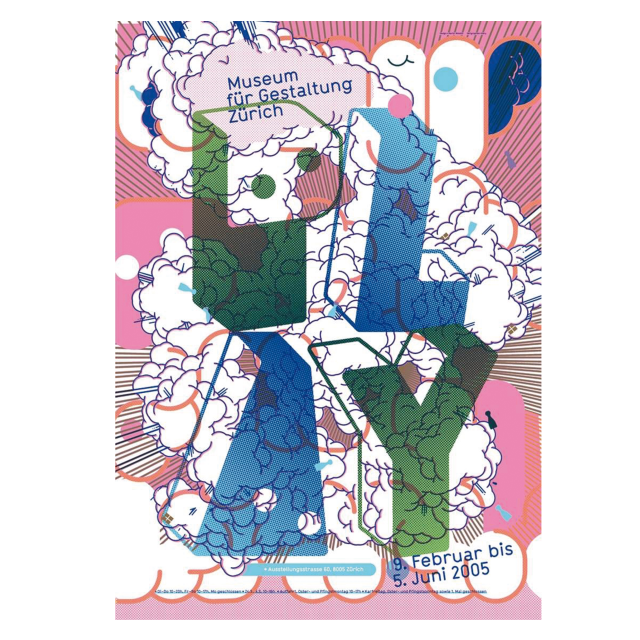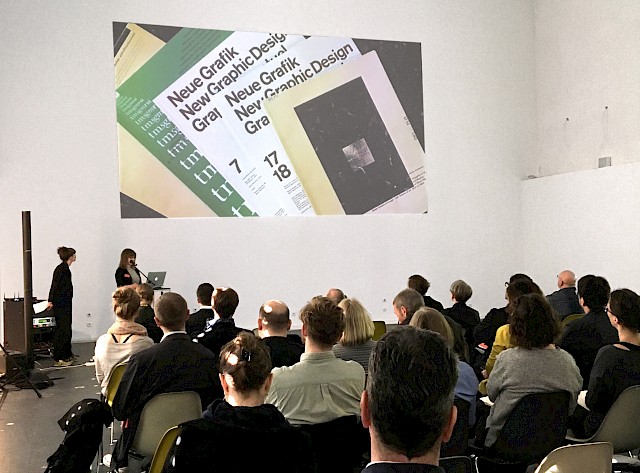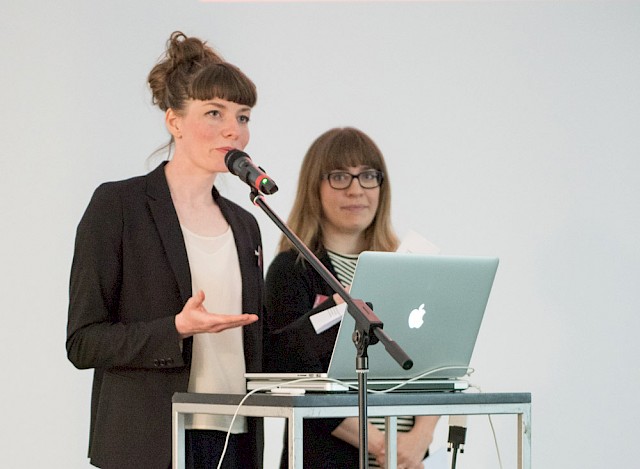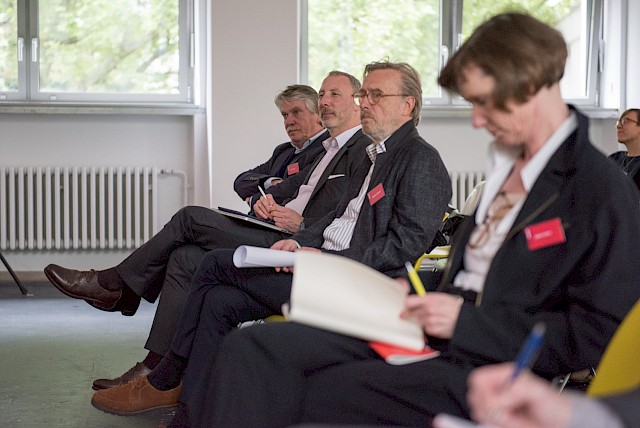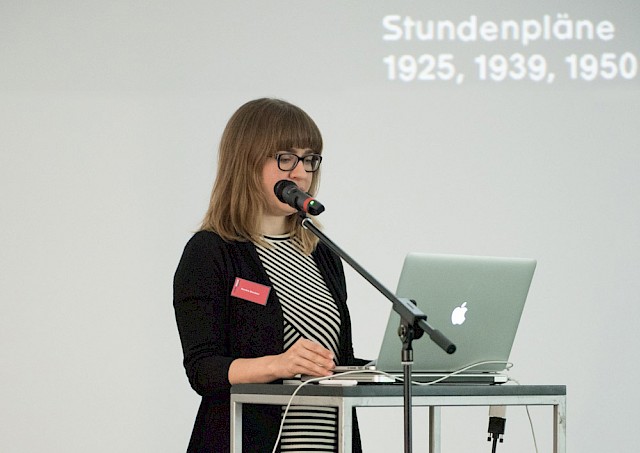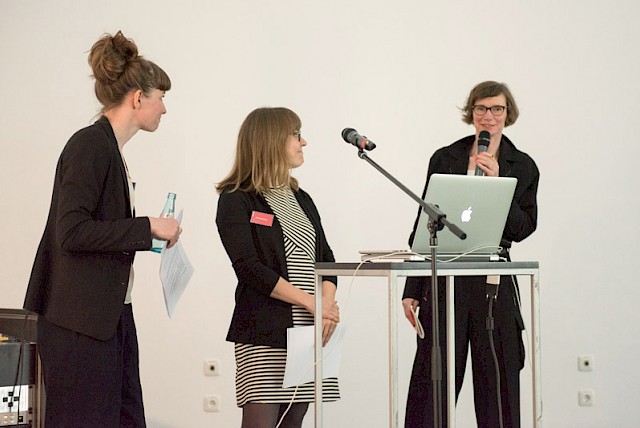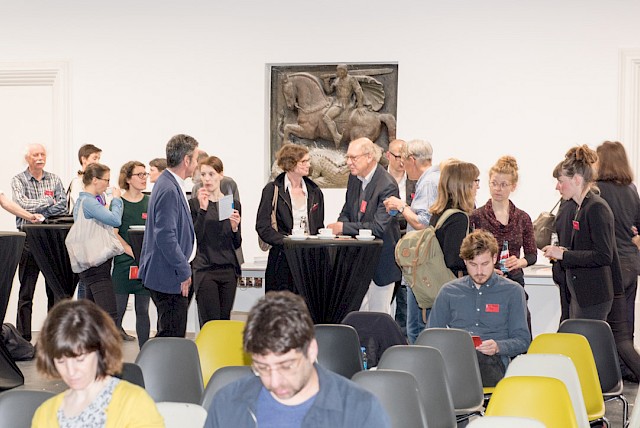SGDTR members contributed to GfDg annual conference in Offenbach
Sandra Bischler and Sarah Klein, researchers and Ph.D. candidates within the SGDTR sub-project A (Principles of Education), took part in the 10th conference of the Gesellschaft für Designgeschichte (GfDg), taking place at the University of Art and Design (HfG) Offenbach am Main on 19–20 May 2017. The thematic focus on “Designkritik” (design criticism) was set, due to a considered launch of a new master program in design criticism and design curating at the HfG Offenbach. SGDTR members were invited to contribute to the conference by presenting their intermediate research results and the intersections with design criticism.
In the opening address, it was commented, that design historian Gert Selle had remarked on the choice of the topic, as being perhaps, the most challenging subject of all GfDg conferences held to-date. Indeed, the subject attracted an heterogeneous group of people reflected in both the speakers and the audience. Practical fields of design such as architecture, industrial design, and graphic design were represented, as well as, theoretical fields of art history and theory, philosophy and design history. Design and design history educators were present, as well as, students, curators, and not least, critics.
The contribution of Sandra Bischler and Sarah Klein was the first report on their research to-date, dealing with graphic design education in Switzerland. While the connections to design criticism seemed vague, at first sight, investigating possible intersections provided a vehicle to reflect on the intermediate results of the research, from a different perspective. The aspect of criticism within and on graphic design education opens new fields of questions and possible ways to approach the topic. In this respect, the conference was a broadening opportunity to exchange knowledge and inspiration beyond the project’s borders.
The ensuing Q&A session pointed out one particular challenge, when it comes to the history of design education: Myths and stylistic attributions that have been built around famous design schools (also by design criticism itself) are often quite resistant to historian’s undertakings of revisiting – e.g. the Bauhaus-myth. Dealing with these myths and their persistence, will be essential for further research on Swiss graphic design in general and for Subproject A in particular.
Throughout the two days of the conference, a wide range of questions concerning design criticism was addressed. The discussions between the lectures were lively, sometimes even emotionally charged. The (self-)criticism towards design criticism was ubiquitous. Several speakers pointed out that design journalism, especially online, is currently acting more and more affirmatively towards design – often lacking a political or social perspective or simply paraphrasing corporate press releases instead of seriously reviewing design. When it comes to the use of images, product shots are often reused instead of developing an original visual approach towards the object. At the same time, it was made clear that working conditions for design critics, if not linked to an industry, are often precarious. Further deficiencies discussed were the noticeable absence of design criticism in newspaper feuilletons in comparison to film, literature, and theater criticism.
From a general perspective, there were discussions about how broadly the term design criticism should be understood. Is it mainly about judging design in written form or could there be more to it, e.g. using photography or even design practices themselves? Are there limits to what can function as design criticism? The wide range of lecturers and broad spectrum of issues addressed seems to speak for itself. Despite the concerns about design criticism, the overall atmosphere, at the end of the conference, was positive, and a zest for action was in the air.


